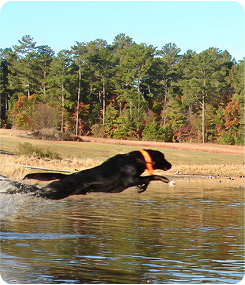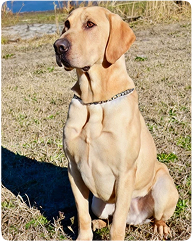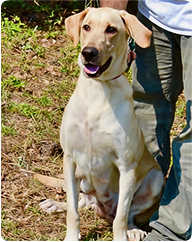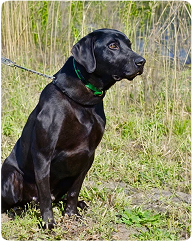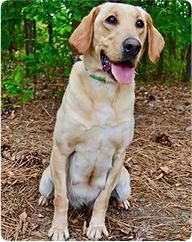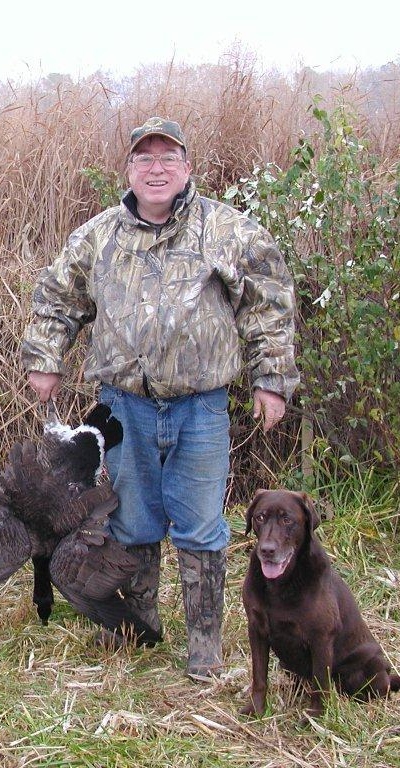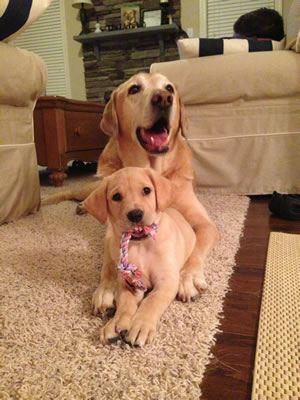

“I have known Woody and Judy for over 20 years. There are no finer folks. They have my total trust with any dog sent to Twin Lakes for training. The dogs that go to Twin Lakes are worked in drills. Don't expect your dog to come home fat. Working dogs need to be in top physical condition. The most powerful thing about Woody is that his dog work to their...
-Nat lambeth



